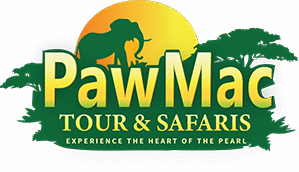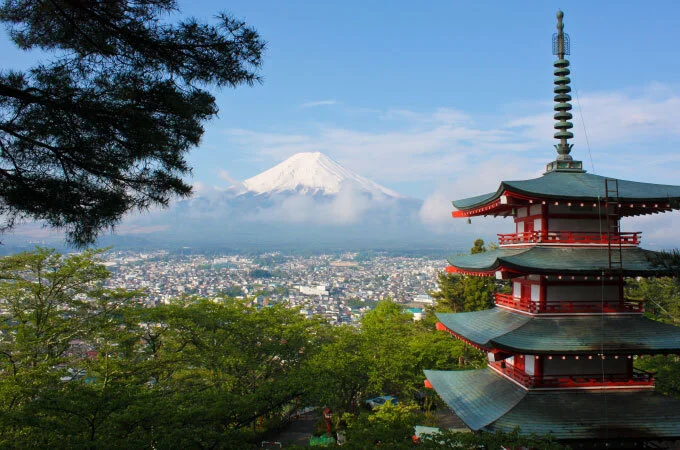Uganda is often referred to as the “Primate Capital of the World,” boasting some of the highest concentrations of wild primates in Africa. Among these, the chimpanzee (Pan troglodytes) is one of the most intriguing species to observe. Chimpanzee tracking in Uganda offers visitors an immersive wildlife experience, allowing close encounters with our closest living relatives in their natural habitats.
Why Track Chimpanzees in Uganda
Chimpanzees share over 98% of their DNA with humans, making them fascinating subjects for behavioral observation. Tracking them provides unique insights into social structures, communication, and daily survival strategies in the wild. Unlike gorilla trekking, chimpanzee tracking usually involves following these agile primates through dense forests as they forage, play, and interact socially.
Key reasons to track chimpanzees include:
Observing natural behaviors such as grooming, nest building, and tool use.
Experiencing Uganda’s rich biodiversity, as chimpanzee habitats are home to birds, monkeys, and other wildlife.
Supporting conservation efforts that protect primates and their forest environments.
Best Places for Chimpanzee Tracking in Uganda
1. Kibale Forest National Park
Kibale Forest is Uganda’s most famous chimpanzee tracking destination and is home to approximately 1,500 chimpanzees. The park’s dense rainforest provides a lush backdrop for wildlife adventures.
Highlights:
Chimpanzee tracking is combined with birdwatching and monkey sightings.
Visitors may spot over 13 primate species, including red-tailed monkeys and black-and-white colobus monkeys.
The Bigodi Wetland Sanctuary nearby offers a cultural and ecological experience with guided community walks.
2. Budongo Forest Reserve
Located near Murchison Falls National Park, Budongo is home to several habituated chimpanzee communities. The forest is known for its mahogany trees and diverse wildlife.
Highlights:
Smaller groups of trackers allow for more intimate chimpanzee encounters.
Combined experiences with nearby wildlife safaris and birdwatching.
3. Ngogo in Kibale
Ngogo is a remote area within Kibale, known for having the largest chimpanzee community in Africa. Tracking here is more challenging due to the dense forest but offers the most authentic wilderness experience.
What to Expect During the Trek
Chimpanzee tracking usually begins early in the morning with a briefing by experienced park rangers. Trekkers are briefed on the rules: maintain a safe distance, avoid sudden movements, and minimize noise to prevent disturbing the chimpanzees.
Duration: Treks last 2–5 hours depending on the chimpanzee group’s location.
Terrain: Forested areas can be muddy, hilly, and dense, requiring good walking shoes and stamina.
Observation: Once the chimpanzees are located, visitors usually have 1 hour to observe them from a safe distance.
During the trek, you may witness:
Grooming and playful interactions among juveniles.
Tool use, such as termite fishing and leaf sponging.
Vocalizations including hoots, screams, and pant-hoots that communicate emotions and alert the group.
Permits and Costs
Chimpanzee tracking permits are issued by the Uganda Wildlife Authority (UWA). Fees vary depending on whether you are a foreign non-resident, an East African, or a Ugandan citizen. Permits are limited, so early booking is essential.
Foreigners: Typically around $150–$200 per permit.
East African citizens: Around $40–$50 per permit.
Ugandans: Approximately $25–$30 per permit.
Combining Chimpanzee Tracking with Other Activities
Chimpanzee tracking can be combined with a range of Uganda safari experiences:
Big Five Wildlife Safaris: Murchison Falls National Park offers lions, elephants, buffaloes, leopards, and rhinos.
Gorilla Trekking: Bwindi Impenetrable and Mgahinga Gorilla National Parks allow visitors to combine chimpanzee and gorilla encounters.
Community and Cultural Tours: Explore local villages and experience traditional dances, crafts, and coffee or tea ceremonies.
Birdwatching: Uganda’s forests are home to over 1,000 bird species, making chimpanzee tracking a paradise for bird enthusiasts.
Tips for a Successful Chimpanzee Trek
Wear Appropriate Clothing: Long sleeves, trousers, and waterproof jackets protect against insects and thorns.
Sturdy Footwear: Hiking shoes or boots are essential for slippery or uneven terrain.
Carry Essentials: Water, snacks, camera with zoom lens, binoculars, insect repellent, and sunscreen.
Follow Ranger Instructions: Rangers ensure safety and minimize stress for the chimpanzees.
Travel Light: Avoid carrying heavy backpacks that can hinder movement in dense forests.
Conservation and Ethical Tourism
Chimpanzee tracking is an important tool for conservation. Revenue from permits supports forest protection, anti-poaching patrols, and research initiatives. Ethical tracking ensures minimal disturbance to the chimpanzees, allowing them to continue thriving in their natural habitats. Visitors are also encouraged to support community projects that benefit local people living near chimpanzee habitats.





